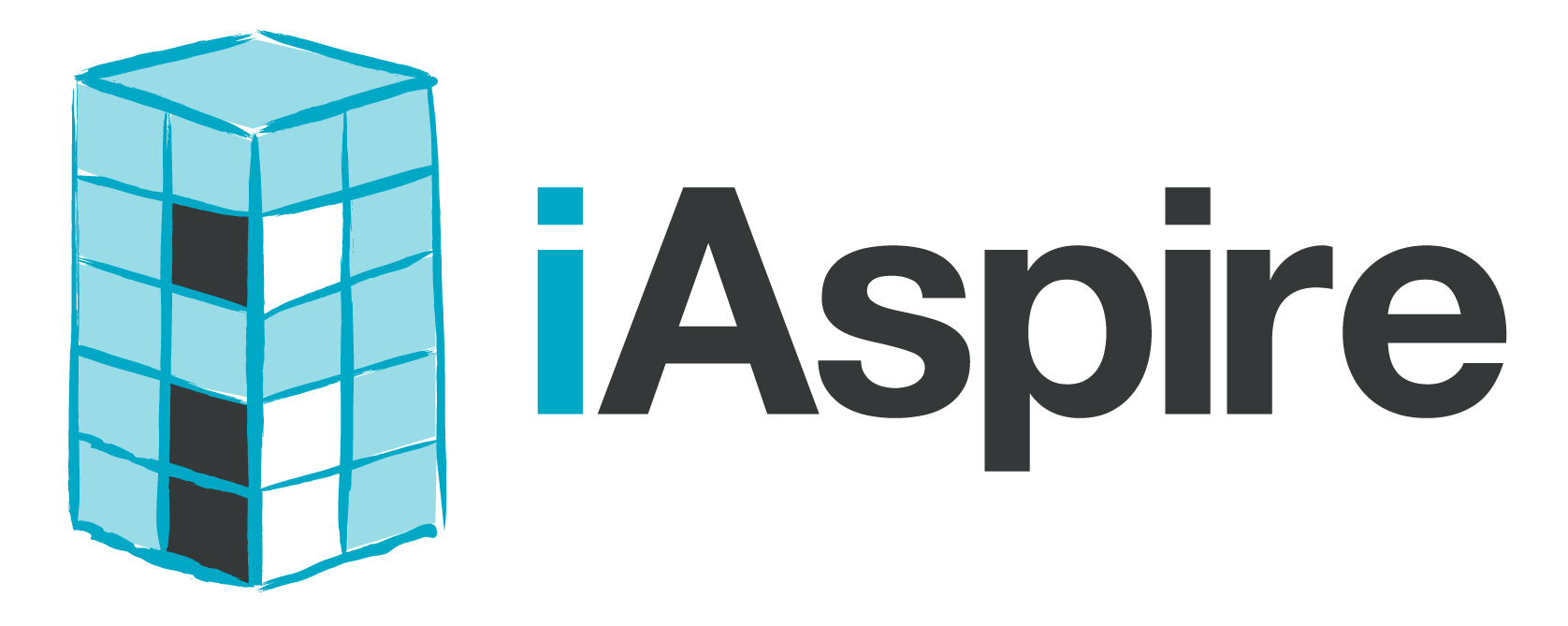What contributes to teacher retention?
Teacher retention is one of the most important, yet most misunderstood, priorities for school and district leaders right now. Schools and district leaders are scrambling to find new teachers fill their many open positions. Simply put, we have a teacher and staff crisis on our hands.
For those teachers who have stayed in the classroom, the levels of stress and fatigue are increasing. As if their jobs weren’t already hard enough, teachers, along with school and district leaders, have been supervising classes during their prep because there aren’t enough substitute teachers to fill absences. Schools have been forced to rethink start and ending times (or move to virtual instruction) to accommodate bus openings that can’t be filled.
Many school leaders have earmarked Elementary and Secondary School Emergency Relief (ESSER) funding towards teacher and staff recruitment and retention. In fact, some districts are offering up to a $20,000 signing bonus for new teachers. Other states are doling out teacher retention bonuses for those who stay.
While these bonuses are great one-time rewards and can have some influence on teacher retention, research shows monetary rewards work for only a short period of time. Contingent rewards are not effective in the long run. Of course there needs to be a minimum threshold in which teachers and staff feel fairly compensated for their work. Once this threshold is met, additional monetary rewards simply do not work.
So this begs the question….
What does contribute to teacher retention?
As mentioned in our Teacher Retention Strategies page, there are four strategies we recommend educational leaders implement that move the needle with teacher retention:
Celebrate your people consistently. 60% of people claim they are more motivated by recognition than money. A high-impact teacher retention strategy you can implement right now is to be more intentional and consistent with the recognition you provide your staff. It matters, and it matters a lot. In fact, recognition is the #1 way to prevent teacher burnout.
Administer pulse and engagement surveys. School leaders spend a lot of time giving others content and feedback, whether that is during classroom observations, providing professional development, or answering questions asked to them. Two powerful tools to collect the input of teachers are pulse surveys and engagement surveys. I’ve noticed many schools typically focus their survey efforts on students (and deservedly so), but let’s not forget research shows time and time again that teachers are the #1 influence on student achievement and success. To impact students, we must first impact teachers. One way to impact teachers is to ask them how they are doing, what they need, and how we can better support them. Pulse and engagement surveys allow this (and more). You can read more here about why you should do pulse surveys in your schools.
Identify flight risks early and then take action before it’s too late. Similar to a pulse or engagement survey, stay surveys can be a great source of data for your teacher retention strategies. While engagement and pulse surveys are typically anonymous, stay surveys share the person’s name because the purpose of the stay survey is to help you uncover which people in your organization may be considering or actively pursuing leaving. Once you have this information, you can then have conversations with those considering leaving to learn about their work experiences and make improvements before they leave.
Consistent and continuous new-teacher and staff induction programs. Think back to the number of new teachers you have hired in the past five years. For many district leaders, it’s a considerable number. Now remove the names of half of them. That’s how many new teachers most schools retain. 50% of teachers resign within their first five years, so new-teacher induction programs have the ability to greatly increase retention rates of new hires. Your new-teacher induction process needs to be a multi-year approach that is impactful yet doesn’t require a massive amount of manual upkeep.
Because iAspire is software, we help school and district leaders run the processes above with fidelity and consistently over the course of time. If you want to increase your teacher and staff retention, request a demo today.
